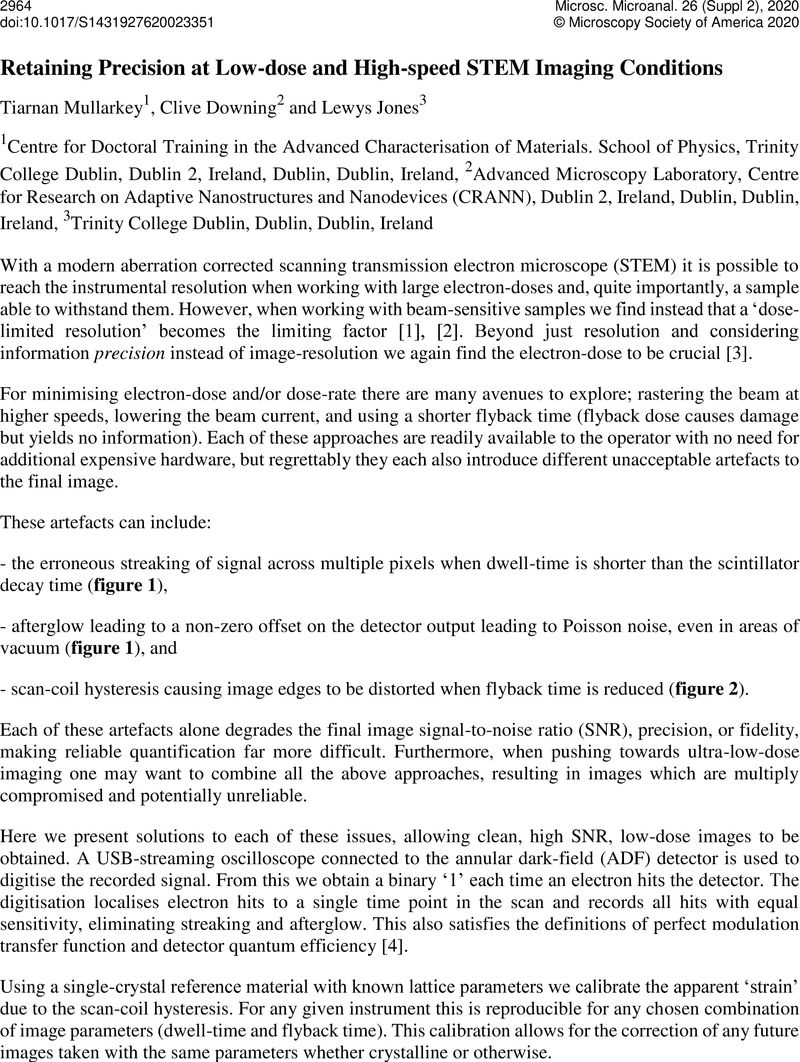Crossref Citations
This article has been cited by the following publications. This list is generated based on data provided by Crossref.
Pedersen, Angus
Barrio, Jesús
Li, Alain
Jervis, Rhodri
Brett, Dan J. L.
Titirici, Maria Magdalena
and
Stephens, Ifan E. L.
2022.
Dual‐Metal Atom Electrocatalysts: Theory, Synthesis, Characterization, and Applications.
Advanced Energy Materials,
Vol. 12,
Issue. 3,






